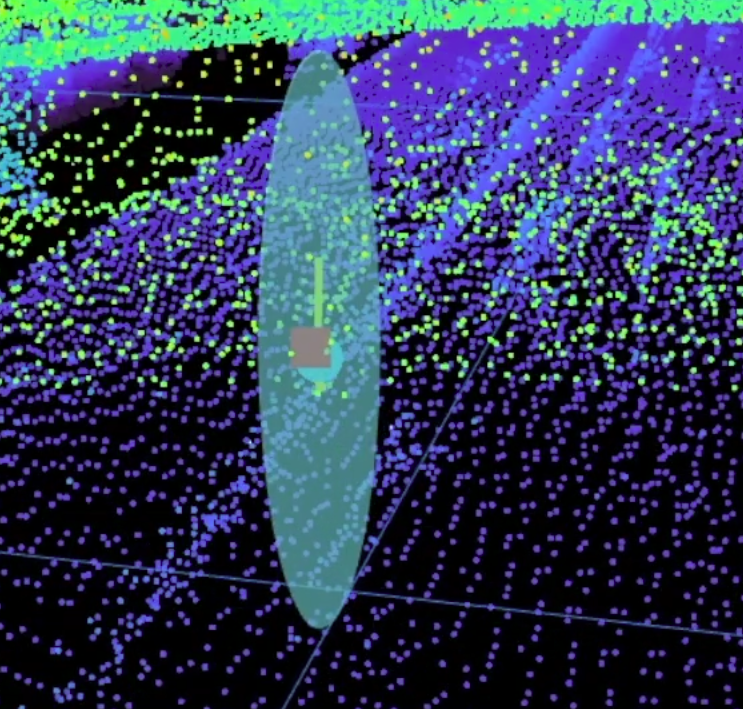Extrinsic and Temporal Calibration of Automotive Radar and 3-D LiDAR in Factory and On-Road Calibration Settings
Chia-Le Lee, Chun-Yu Hou, Chieh-Chih Wang, and 1 more author
IEEE Open Journal of Intelligent Transportation Systems, 2023
While automotive radars are widely used in ADAS and autonomous driving, extrinsic and temporal calibration of automotive radars with other sensors is still daunting due to the sparsity, uncertainty, and missing elevation angles of automotive radar measurements. We propose a target-based calibration approach of 3D automotive radar and 3D LiDAR that performs extrinsic and temporal calibration in both factory and on-road settings. In factory calibration settings, a map is built with precise target poses; target trajectories are estimated based on map-based target localization in which the accuracy of both nearby and faraway target pose estimates can be ensured. The spatial and temporal relationships between radar and LiDAR measurements are established with target trajectories to accomplish extrinsic and temporal calibration. The proposed data collection procedure provides sufficient motion for analyzing time delay between sensors and can significantly reduce the data collection effort and time. There is 52.3% distance error reduction after time delay compensation in the experiment, which shows the improvements of temporal calibration. In on-road calibration settings, the metal objects with semantic labels, such as traffic signs, are selected as calibration targets. Although there could be insufficient correspondences to infer the missing dimension of planar radar for six DoF extrinsic calibration as demonstrated in factory calibration settings, the three extrinsic parameters and the time delay are shown still to be accurate. We validated the proposed method using the nuScenes datasets, which provide sensor measurements, poses, and HD map. With twenty-two data logs, each has over 1000 correspondences, the result of extrinsic parameters reaches centimeter-level accuracy compared with the offered benchmark. The time delay compensation improves 1 meter error for radar tracking in a 20 m/s vehicle case and improves mapping quality in real world data.
 Improving Height Estimation for Stationary Targets With 3-D Automotive Radar: From Uncertainty Analysis to Temporal FilteringIEEE Transactions on Radar Systems, 2025
Improving Height Estimation for Stationary Targets With 3-D Automotive Radar: From Uncertainty Analysis to Temporal FilteringIEEE Transactions on Radar Systems, 2025